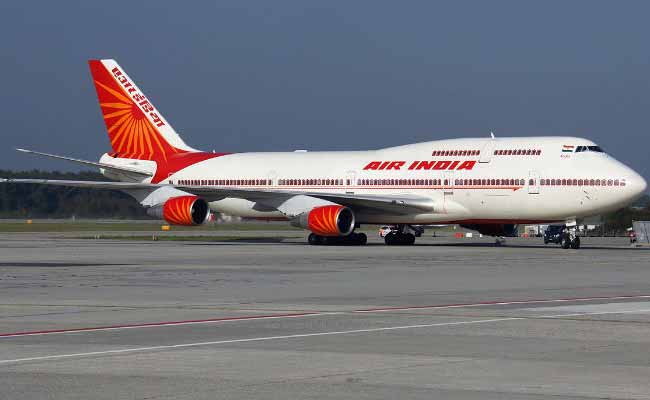Air India unveils revamp
June 23, 2018 | Expert Insights

State-run Air India will revamp its business to try to boost revenues by wooing more high-paying passengers. This comes days after a plan to privatize the ailing airline was called off.
Background
Air India was established in 1932 by J.R.D Tata, as Tata Air Services. Initially, an airmail service, the airline’s first flight was from Karachi to Mumbai. During World War II, Tata Air was commandeered by the state to help the war initiative. Post-Independence, the Indian government acquired a 49% share of the airline. When the Air Corporations Act was passed in 1953, the state purchased a majority stake from Tata Sons. The airline was renamed Air India International in 1962. Today, it is worth approximately $4.6 billion.
Attempts to re-privatize the airline began in the early 2000s. In 2001, reports emerged that the Tata group was bidding for the airline. Singapore Airlines also expressed interest in ownership at the time. However, nothing came of this bid. After Air India was merged with the more profitable Indian Airlines to form Air India Limited in 2007, the airline saw a huge increase in debt. Air India has been highly unprofitable, with debt as its biggest challenge.
In 2012, a financial restructuring plan for the airline was implemented. According to the plan, Air India was to receive $4.5 billion over a 10-year period. The government has spent $3.6 billion on the airline since 2012 in an attempt to bail it out. However, the airline has not shown significant financial or operational improvement. It is known for delayed or cancelled flights and poor service. Today, Air India has an approximately $7.8 billion (Rs.51,000 crore) debt, as well as a bloated cost structure.
As of 2017, Air India was the third largest service airline in India. Indigo, owned by InterGlobe Aviation, Tata Group and Turkey’s Celebi Aviation Holdings held the largest share of the aviation market in India, followed by Jet Airways. Air India remains the country’s largest international carrier.
Analysis
On June 20, the government shelved a plan to sell a 76% stake in the debt-laden carrier due to lack of interest from bidders. Hence, Air India has unveiled the revamped first class and business class in its fleet of Boeing aircraft flying to international destinations to woo high-end travelers and increase the occupancy from 60% to over 80%.
Air India, known for its Maharaja mascot, is saddled with about $7 billion of debt and its sale was expected to cement Prime Minister Narendra Modi's credentials as a reformer willing to step away from running money-losing businesses.
The airline, which now plans to focus on finding ways to remain competitive and win market share, also unveiled a new food menu and amenities for passengers, and uniforms for its airline staff. These changes, expected to be introduced over the next two months, could earn the airline an additional 10 billion rupees ($147 million) a year in revenue, Air India's chairman and managing director Pradeep Singh Kharola stated.
Air India currently fills only 60% of the business and first-class seats on its international flights to North America and Europe and the changes are expected to increase the so-called load factor to 80%, Kharola said. He declined to comment on how much money the airline had spent on the revamp.
The government is committed to supporting the airline and to making it competitive, junior civil aviation minister Jayant Sinha said, adding Air India was also looking at flying to new destinations in Africa, Australia, and North America.
Air India has been losing its domestic market share to rapidly expanding lower-cost operators such as InterGlobe Aviation Ltd's IndiGo and SpiceJet Ltd that are now looking to expand their international routes as well.
Currently, however, India has virtually abandoned all plans to sell the carrier after failing to secure any bids from domestic or international parties.
Assessment
Our assessment is that privatization of the carrier would have allowed the Indian Government to cut some losses. Air India has been a sinkhole for taxpayer funds for a number of years. However, we believe that one must consider the implications of privatizing a national carrier service. In cases of diplomatic emergencies, having such a service is often invaluable.
Read more - Air India to be privatized








Comments